
Nis, one of the oldest cities in the Balkans, known as the "Gate" of East and West due to its geographical location. Namely, the city is located at the crossroads of Western Europe with the Middle East and Greece.
The city was founded long before the Romans arrived in this area.
The geographer Ptolemy first mentioned the year 140. as a Roman fortress on the way to Byzantium.
Emperor Constantine was born in Nis in 274.
During his reign a luxury residence was built and during this time the city became an important administrative center.
During the siege in 441, the Huns almost completely destroyed the city. In the middle of the 6th century, the Byzantine emperor Justinian the Great rebuilt the city and named it Naissopolis.
In 550 AD, the Slavs besieged the city, but this time it was spared destruction so that it could develop further. As the city was on its way to Constantinople, the Crusaders passed through the city several times during their expeditions to Byzantium.
In the summer of 1189, Stefan Nemanja, the great ruler of the Serbian state, met in Nis with Frederick I Barbarossa during the Second Crusade.
The Turks first captured Nis in 1386, three years before the Battle of Kosovo. From 1454, Nis was occupied until 1877.
In the First World War, Nis "fell" in 1915 under the occupation of the German and Bulgarian armies, which lasted for 4 years, until October 12, 1918.
The city suffered great devastation during World War II, and the population suffered great reprisals. As proof, we have a concentration camp at the Red Cross.
Nis was finally liberated on October 14, 1944.
Rich history and constant struggle for freedom through the centuries, has left Nis valuable cultural sights and historical monuments such as:
MEDIANA - summer residence of Emperor Constantine;

FORTRESS - Turkish building (built in 1723);
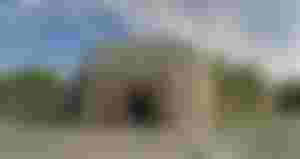
ČEGAR - a monument in the sign of the battle of Čegra and the heroic death of Duke Stevan Sinđelić and his 3000 comrades against 10,000 Turks;

ĆELE KULA - the only world monument built by the Turks after the battle of Čegra, made of the skulls of Serbian heroes;

MONUMENT OF LIBERATION OF NIS (horse) in the very center of the city, symbol of the struggle for freedom: 1874, 1877, 1917 and 1918
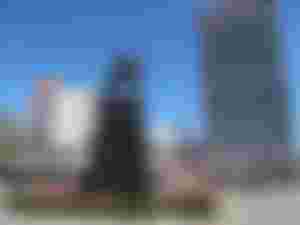
In the ARCHAEOLOGICAL MUSEUM you can find Roman antiquities found during the restoration of the Fortress and Mediana, as well as from Humska Čuka and Bubanj - two sites from the Neolithic and Bronze Ages.
Today, Nis has over 300,000 inhabitants and is the main administrative, political, economic, medical and cultural center of southeastern Serbia - the second largest city in Serbia after Belgrade.
Important dates of the city of Nis
4000-3000. g.p.n.e. Prehistoric finds from the Neolithic, early Bronze Age, at the sites of Bubanj, Humska Čuka and others. reveal the population of the then area of Nis.
2000. g.p.n.e. A large number of discovered prehistoric settlements in the immediate vicinity of today's Nis (Bubanj, Hum, Gornja and Donja Vrežina, Trupale, Gornja Toponica).
8th st. Pr The area of Nis is the border area between the Illyrians and the Thracians.
3rd st. Pr Celts defeated the Illyrians, occupied all parts and gave Nis a permanent Naissus (Fairy Town).
75. g.p.n.e. The Romans conquered the area of Nis during the Dardanian war.
161 Nis is first mentioned in the geography of Claudius Prolomeus, as one of the four largest cities in Dardania.
Naissus from the 2nd century is an important Roman military camp - municipium.
274. yr. Flavius Valerius Constantine was born in Nis.
306 Flavius Valerius Constantine was proclaimed Roman emperor (Constantine the Great).
Ancient Nis from the 4th century, with Constantine's residence on the Mediana, was at the peak of its development as a Roman military and administrative center.
441 Nis was destroyed in the Hun invasion of the Balkans, in which many other cities were destroyed.
1185 Serbian prefect Stefan Nemanja occupies Nis.
1189 Stefan Nemanja and German Emperor Friedrich I Barbarossa meet in Nis and agree on a joint struggle against Byzantium.
1385 The Turks capture Nis for the first time (the siege lasted 25 days).
1443 Great Battle of Nis. Transylvanian duke Janko Hunjadi and Serbian despot Djuradj Brankovic defeated the Turks. Nis is free for a year.
1570 In the travelogue of the German diplomat Rome, the Dubrovnik colony in Niš is mentioned.
1723 The Nis Fortress was built, which is one of the most beautiful
the best preserved Turkish buildings in the Balkans.
1737 Second Austrian conquest of Nis. The occupation lasted 85 days.
1766 Metropolitan Gavrilo publishes the first book "Sinđelija".
In 1809, the first insurgent battles near Nis against the Turks.
31.5.1809 Battle of Chegra. The Serbian army was commanded by the Duke of Resava, Stevan Sindjelic.
10.1.1878 Nis was liberated from the Turks and after almost five centuries of slavery it was annexed to the motherland of Serbia ...
1878 Nis is significantly regulated according to the Winter "Project of regulation of the city of Nis". The first high school in Nis started working.
In 1881, Nis had its first banking institution.
In 1882 she began working as a teacher's school.
In 1884, the Belgrade-Niš railway was opened to traffic. The first issue of "Niški vjesnik" was published.
1885 A railway workshop is established, which later became the first and largest company in the city.
1886 The law on the establishment of the Royal Serbian Academy was adopted in Nis.
1887 The first "Sinđelić" theater was founded in Niš.
1889 The National Library is opened and the district administration building (Banovina) is built.
1894 A girls' grammar school was opened.
1897 The first film was shown in Nis.
1900 The publishing of the literary magazine "Gradina" begins.
1903 The Workers' Cultural and Artistic Society was founded.
In 1905, the art colony Sićevo, founded by the painter Nadežda Petrović, began its work.
1906 Works at the first permanent cinema under a tent on Sindjelic Square.
In 1908, a hydroelectric power plant was built on Nišava near Sićevo.
1914 Nis becomes the center of the Serbian government. The war capital of Serbia.
7.12.1914 Nis Declaration. The National Assembly of Serbia adopts the Nis Declaration, which explains the goals of the liberation war and announces the unification of the southern Slavs into one state.
1915-1918. yr. Nis was under German-Bulgarian occupation in the First World War.
12.10.1918 Nis was liberated from the Germans.
In 1941, the Germans occupied Nis. They are opening a camp at the Red Cross, as more than 12,000 detainees were taken and shot on Bubanj Hill.
12.2.1942 A successful mass escape from the camp was organized.
On October 14, 1944, Nis was liberated from the Germans.
February 21, 1945 Radio Nis was founded, which is today part of the national radio network, and its program is heard on medium waves in most of the Balkans.
1965 Nis becomes a university city, and the University of Nis today has 13 faculties.
1966 Founded film encounters. Yugoslav Feature Film Acting Festival.
1969 Yugoslav choir ceremonies established.
1971 The weekly "Narodne novine" becomes the first daily newspaper in Nis.
In 1975, Nis became the center of the Nis region.
In 1992, Nis became the center of the Nis district.
17.11.1996 - 27.1.1997 After the second round of elections and the great theft of votes, a popular protest begins in Nis. It took 100 days to recognize the will of the people.
9.4.1998 The Consulate of the Hellenic Republic was opened in Nis. The first diplomatic mission in the history of Serbia outside Belgrade.


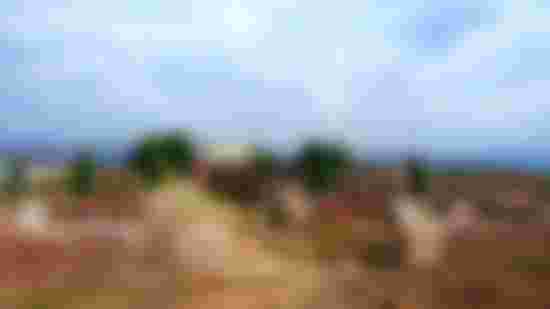
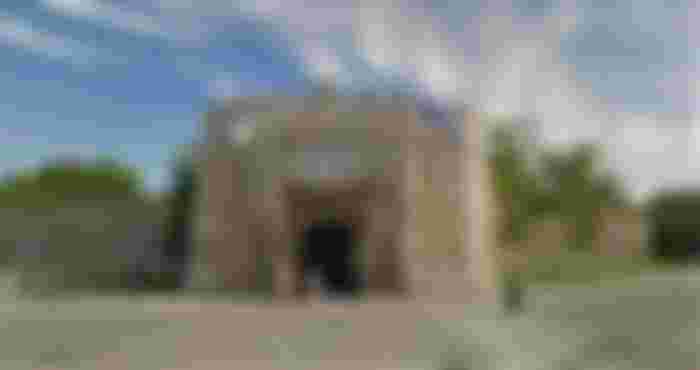


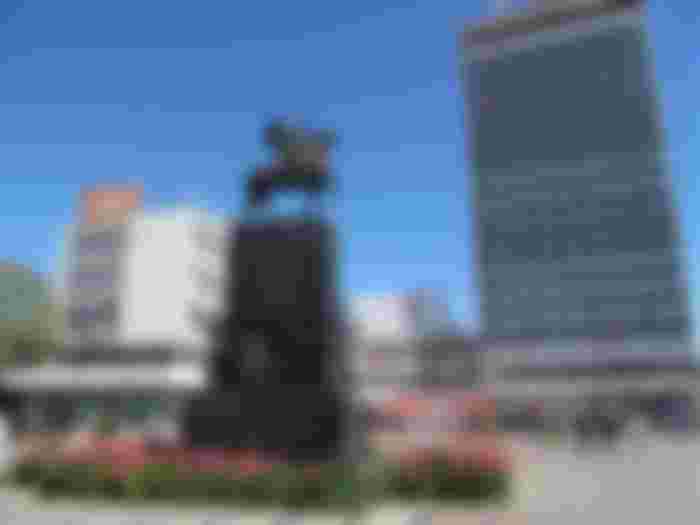

Nis really has a strong history, I didn't know. I visited the Ćele kula